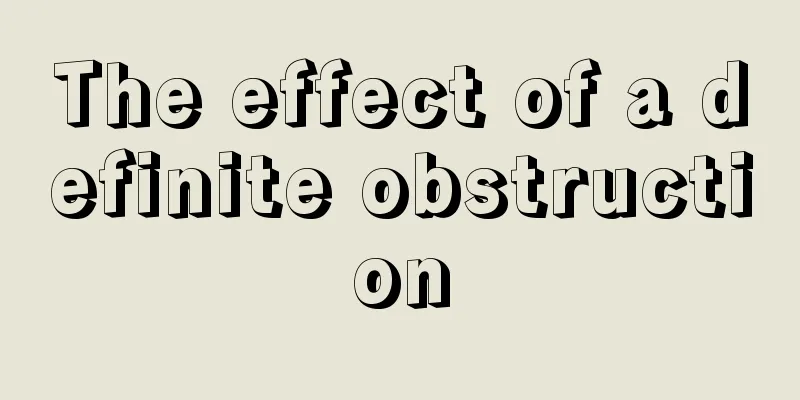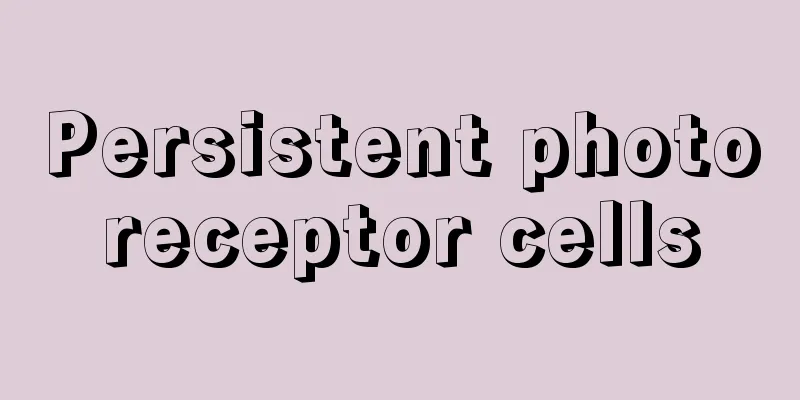Special education for the disabled
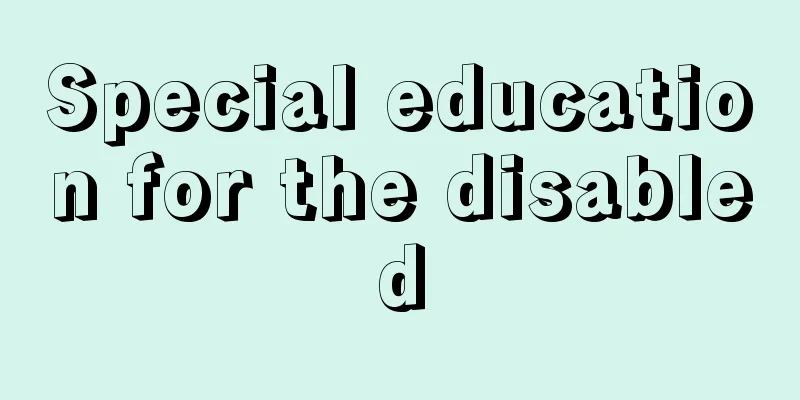
|
Education for children and adults with physical and mental disabilities. It is a general term for education for the visually impaired, the hearing impaired, the intellectually disabled, the physically disabled, and the sick. In the 19th century, protective education facilities began to be established in Europe and the United States, and at the end of the 19th century, compulsory education was introduced. After World War II, the United Nations Universal Declaration of Human Rights and the Declaration of the Rights of Disabled Persons recognized and encouraged the protection of the rights of children with disabilities, and progress was made in the systems and administrative measures of each country. In December 1982, the United Nations General Assembly adopted the World Programme of Action concerning Disabled Persons, which sets out standards for the development of educational services for disabled persons. In Japan, the provision for "schools for disabled persons" was added to the school system in 1872, and in 1890, the provision for "schools for the blind and deaf" was added. After that, the establishment of special classes was promoted, and after World War II, schools for the blind, schools for the deaf, schools for the physically handicapped, and special classes in regular schools were made compulsory, and in 1979, special schools for the physically handicapped were made compulsory. In the School Education Act, the term "special needs education" was used instead of the previous "special education" due to a legal amendment in 2006. As a result, in 2007, schools for the blind, schools for the deaf, and schools for the physically handicapped were unified to form special needs schools, and special classes were reorganized into special needs classes. Source: Encyclopaedia Britannica Concise Encyclopedia About Encyclopaedia Britannica Concise Encyclopedia Information |
|
心身に障害をもつ児童生徒および成人を対象とする教育。視覚障害教育,聴覚障害教育,知的障害教育,肢体不自由教育,病弱教育などを総称する。欧米では 19世紀に入って保護的教育施設が設置され始め,19世紀末には義務教育制の導入もはかられるようになった。第2次世界大戦後は,国際連合の世界人権宣言および障害者の権利宣言で障害児の諸権利の保障が承認・奨励されたことで,各国の制度や行政措置に前進がみられた。 1982年 12月の国連総会は「障害者に関する世界行動計画」を採択し,障害者に対する教育的サービス開発の基準を示している。日本では明治5 (1872) 年の学制に「廃人学校」の規定が設けられ,1890年には「盲唖学校」に関する規定も加えられた。その後,特別学級の設置が進められ,第2次世界大戦後,盲学校,聾学校,養護学校,普通学校特殊学級の義務制を経て,1979年の養護学校教育義務制実施にいたった。学校教育法では 2006年の法改正により,従来の「特殊教育」に代わり,「特別支援教育」の語を用いるようになった。これに伴い 2007年,盲学校,聾学校,養護学校を一本化して特別支援学校が設置され,特殊学級は特別支援学級に再編された。
出典 ブリタニカ国際大百科事典 小項目事典ブリタニカ国際大百科事典 小項目事典について 情報 |
<<: Sports for the Disabled - Sports for the Disabled
>>: Classes for children with disabilities
Recommend
Kuroda Nagamasa
Year of death: August 4, 1623 (August 29, 1623) Ye...
Aconitum hakusanense (English spelling) Aconitum hakusanense
…Poison [Nitta Aya]. . . *Some of the terminology...
PARCS
...Its missions are missile warning, air defense,...
Lepidium sativum; garden cress; pepper grass
An annual plant of the Brassicaceae family. It gro...
Preserved blood - Hozonketu
Blood for transfusion that is stored at low temper...
Ellery Queen
The pen name of the American mystery writers Frede...
Onikago - Onikago
... In the narrow sense of the word, amulets in J...
Temple of refuge - Kakekomidera
→ Divorce Temple Source : Heibonsha Encyclopedia A...
Tomoyoshi Murai
A socialist of the Meiji period. Born on Septembe...
Living room - now
A room in a house where the main person or family...
Myrrh - myrrh (English spelling)
Also called myrrh. A gum resin collected from woo...
Razadarit
…The Warel line continued for eight generations, ...
Aequidens latifrons (English spelling)
...It is not necessarily difficult to observe thi...
Takayoin Toneri - Kayanoinkata Toneri
…The privileges of the chief guardsmen included a...
Radioecology - radioecology
A field of study that studies the behavior of radi...
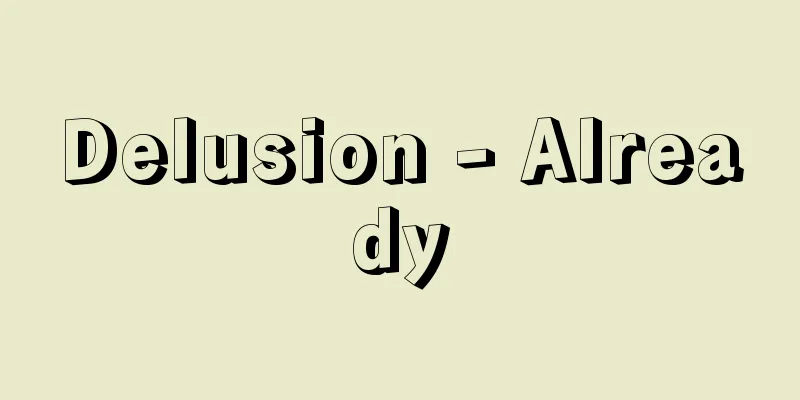



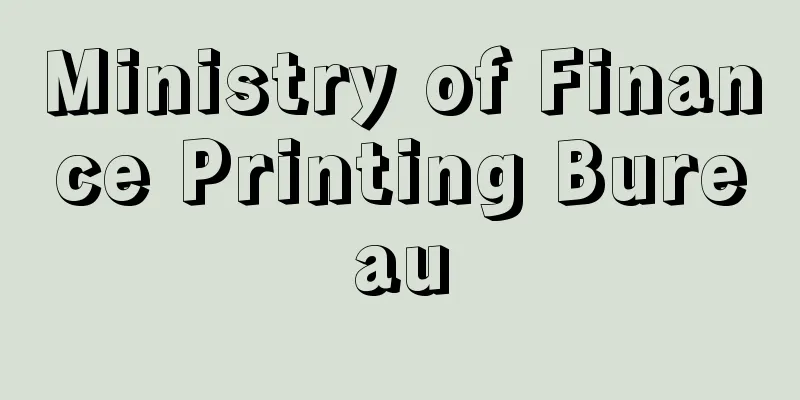
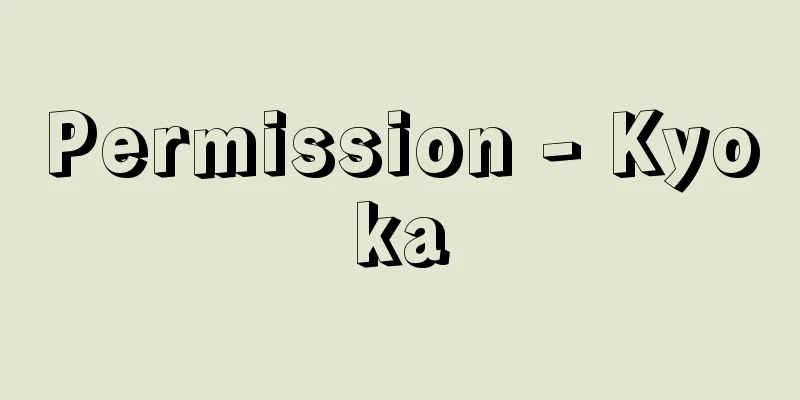
![Hamatama [town] - Hamatama](/upload/images/67cc8d6c4096c.webp)
